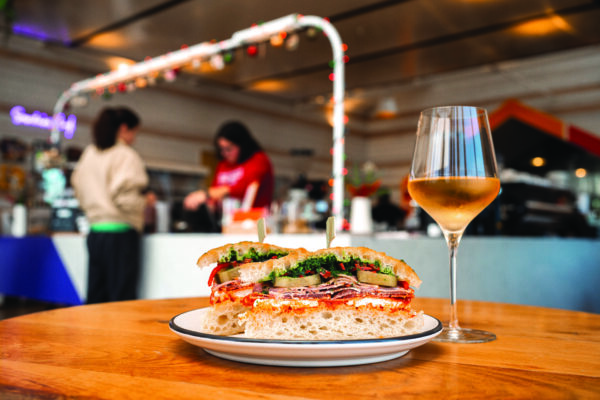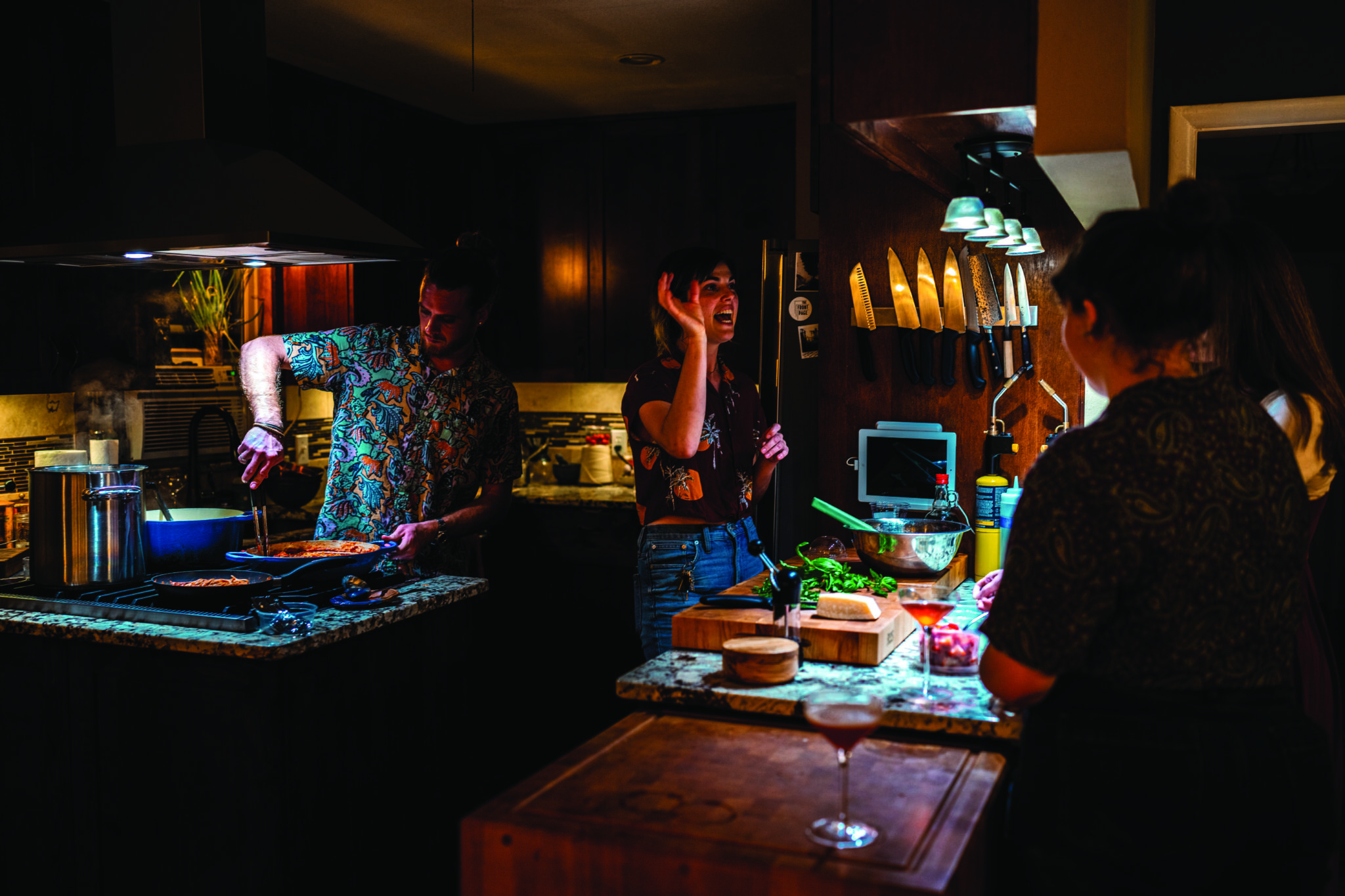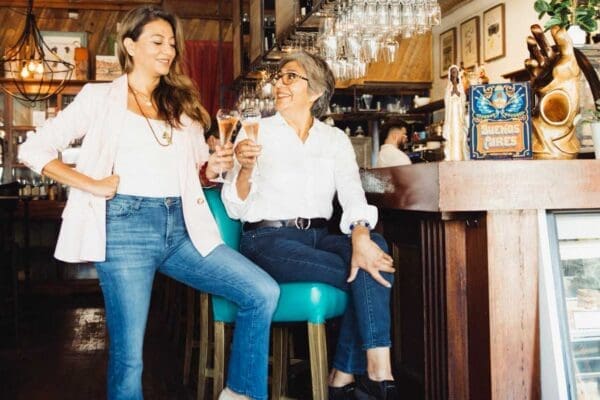Primary Colors {Moya McIntyre}
Founder of Dimension Gallery + Painter // 10 Years
Words by Jessi Devenyns Photos by Eric Morales
Q: What is the artist community like today? How has that changed from what it was like in the past?
A: There was this big influx of artists moving to the Eastside in the early 2000s through the 2010s. I don’t follow real estate demographics, but from what I understand, there are a lot of people moving out now. It doesn’t seem that East Austin is a place that’s conducive to the artist lifestyle anymore. Many artists are moving to small towns like Lockhart and Smithville, or farther out of the city center.
Q: What is the potential for financial success for artists in Austin?
A: Unfortunately, very few artists in Austin are able to make a living from their art. While there are many artists producing art in Austin, there has historically been a narrow population of buyers and collectors. Most artists in Austin have some other source of income that allows them to focus on their art. Of course, there are some artists who are able to make a significant income from their art, but if I had to estimate the percentage of thriving visual artists in Austin, it’s probably about 5%. At the end of the day, visual art is not something you study in business school or pursue for great financial gain. Artists are compelled to practice their art with or without a stream of income from it. For most artists, art is a calling.
Q: What advice would you offer an artist just starting out?
A: It’s important for Austin artists to come into the art scene with a plan to support themselves financially that isn’t tied to art. This could be a part-time job or a partner who helps with the necessities. You have to be in a situation where you’re either okay living with very little or sporadic income or figure out a way to support yourself outside of the art scene. The City of Austin Cultural Arts Funding has grants that can help accomplished artists realize projects, but this funding is steadily shrinking as more people apply and more of the available money gets allocated to larger entities like the Convention Center and multi-million dollar arts nonprofits.
Q: What do supporters of the arts need to understand about artists?
A: Those who want to support the arts in Austin should realize that support means financial support. You don’t have to be a wealthy collector to support artists financially. I see a lot of people trying to get into music shows for free for example. They want to enjoy the music but do not want to pay, which directly reduces the amount of money that the musician makes at the end of the night. This is the same for visual artists. There are people who want to come to shows and drink free drinks and not pay for the experience. Visual artists and musicians are key people who make our city interesting, and they should be compensated for adding so much creativity and culture for us.
With regard to visual art, I recommend giving yourself an annual budget, even if it’s just a few hundred dollars. Then allow yourself to spend that money each year on buying art. You won’t regret it. Every piece I have in my house, no matter how much of a splurge it seemed in the moment, was more than worth it. I love seeing real art made by real people in my house. It gives inspiration and joy.
Take your time and get to know the art scene a bit, and you can find more interesting and higher quality pieces, often at prices that are affordable even on a fixed budget. If you don’t have the time to constantly visit galleries and attend shows, at the very least attend E.A.S.T. every year. If you find a few that you like, follow them on social media. Most of them post photos of current work, sales on old works, and new print releases. So even if you don’t find something you want to buy on the tour, you can find something later down the road.












